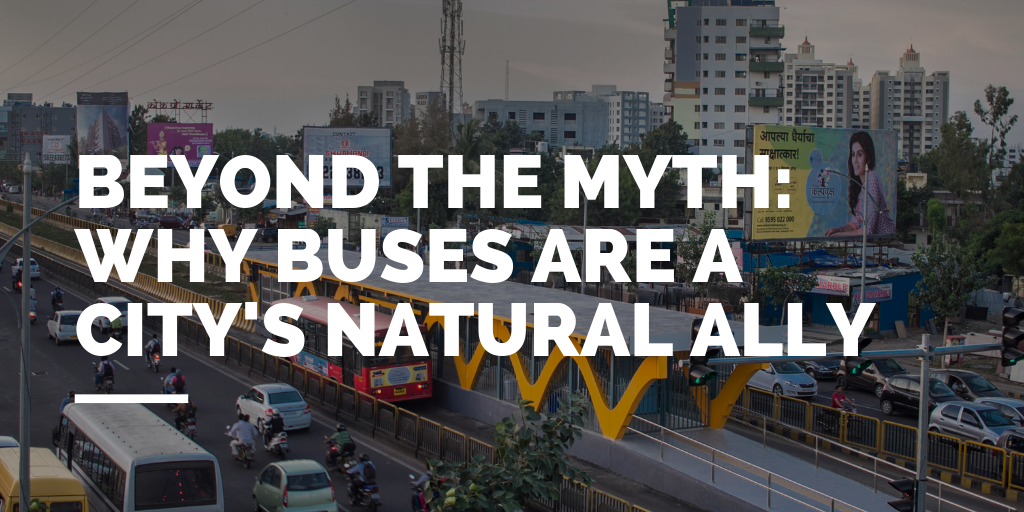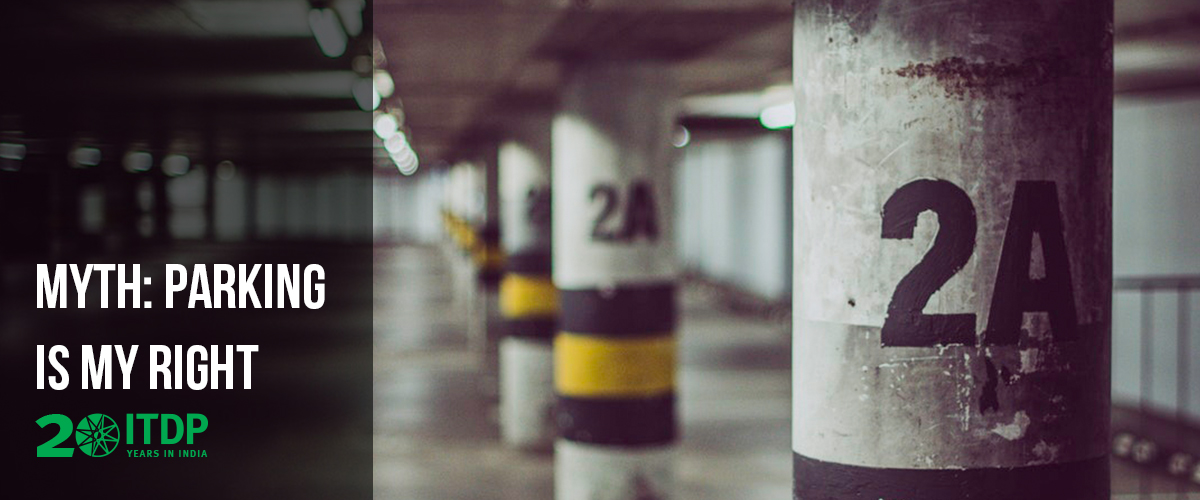Tamil Nadu is urbanising and based on recent trends, the state is expected to be the most urbanised by 2030. With 11 Tamil Nadu cities being part of the Smart City Mission, it reflects the aspiration and potential that smaller townships hold to become urban centres. This is where capacity building and development exercises help bridge their aspirations with realistic and sustainable solutions.
At this point, many municipalities are growing faster than their projected trajectory, which has begun disrupting the established planning layout. To counter this spurt of growth, municipal officials on most occasions resort to quick fixes or knee-jerk solutions which in the future can further accelerate their woes.
Taking notice of this worrying development, the Commissionerate of Municipal Administration (CMA), in partnership with the Tamil Nadu Institute of Urban Studies (TNIUS) and the ITDP India Programme, commissioned the capacity building programme on urban planning. The program was structured to help prepare town planners and panchayat officials to create streets and public spaces which meet the standards of upcoming smart cities.

Shifting from streets for vehicles, to streets for all
In the midst of modernisation, a key component of civic planning that is often overlooked is equitable street design. To help towns and municipalities reimagine and structure streets, beyond just accommodating the rampant vehicle population, the India Programme was brought on board to share its expertise in creating complete streets which adhere to every road users need.
As part of the course, the India Programme designed and conducted capacity development sessions for over 240 town planners from about 100 municipalities that was spread across three months.

In absence of such interventions, town planners tend to sway to the tune of vehicle-centric planning; this at the expense of safe footpaths and cycling facilities. While carriageways only get broader and footpaths narrower! Hence, such developmental workshops help officials realise the need for equality and accessibility while laying out streets. Emphasis was put on creating and improving infrastructure for pedestrians and cyclists—who account as the primary occupants of Indian urban roads.
Making sense of Complete Streets
‘What are Complete Streets?’ When asked to express their understanding of the concept, the responses from officials varied from ‘streets that are planned for better vehicular passage’ to it being ‘foreign/alien’ to them.
So, what are Complete Streets?
Complete Streets are street layouts that cater to all user groups—regardless of their age, gender, ability, or mode of transportation. They are designed with wide and continuous footpaths, safe pedestrian crossings, separate cycle tracks (where applicable), bus stops designed to enhance convenience, designated on-street parking, organised street vending, and properly-scaled carriageways. These streets are designed to offer the best of convenience and comfort based on local needs and offer spaces for relaxation, play, and interaction.
Understanding the essence of Complete Streets
Since motor vehicles have been dominating every square inch of our urban infrastructure and design plans, the sessions began with a bit of a reality check. Participants, including town planning inspectors, executive officers, and town planning officers, were introduced to general facts such as modal share, infrastructure inadequacies, misconceptions regarding road infrastructure planning, etc.
This turned out to be an important step in the process, as it helped expose the misbelief that motor vehicles transport more people than any other transportation mode. Walking and cycling accounts for 40-50% of the total modal share, and just a quarter of urban trips are on personal motor vehicles.

To further quash the fallacy, officials were shown multiple images of vehicle-centric design plans which were riddled with flaws—unusable or absent footpaths, rampant on-street parking encroachments, haphazard pedestrian crossings, etc. On realising the potential threat such single-pronged plan would generate, more officials realised why streets need to designed for all users than just vehicles.
Providing the tools for change
Understanding the flaw is just one part of the solution, the next step required acceptance and gumption to resolve it. Hence, the following session looked to tackle the incessant argument claiming, ‘Our town streets aren’t like cities, they are too small to adopt such measures.’
By sensitising officials to multiple examples of Indian streets, each reclaimed and refurbished according to best practices, many of the skeptics were won over by the effectiveness of the Complete Street programme. For example, the redesign of JM Road and DP Road in Pune; which has been lauded across the country, even winning the Housing and Urban Development Corporation Award and the Volvo Mobility Award 2017.
Further on, the basic components of Complete Streets were broken down and each element was interactively explained to officials.

To further enable their understanding of the concept, ITDP’s resources—such as Footpath Fix and Footpath Design for designing and constructing standardised footpaths and Parking Basics and Park it Right for creating means for a parking management system—were discussed and later shared with the participants for further reference.
At the pace towns are developing in Tamil Nadu, 2030 does not seem like a distant future. Therefore, such capacity development sessions go a long way to instil concepts of sustainable and equitable mobility culture right at the grassroot levels. In essence, preparing these townships to meet their aspirations and ensure it is done for the people and not vehicles.
Written by Rohit James
Edited by Kashmira Medhora Dubash






















 India’s first car-free Sunday in Ahmedabad in 2012
India’s first car-free Sunday in Ahmedabad in 2012 People enjoying hop-scotch at the car-free Sunday in Coimbatore
People enjoying hop-scotch at the car-free Sunday in Coimbatore Father and daughter bonding over skipping at the car-free Sunday in Chenani
Father and daughter bonding over skipping at the car-free Sunday in Chenani





















 The journey on the Janmarg is much quicker because the BRT enjoys centre-aligned, bus-only lanes
The journey on the Janmarg is much quicker because the BRT enjoys centre-aligned, bus-only lanes
